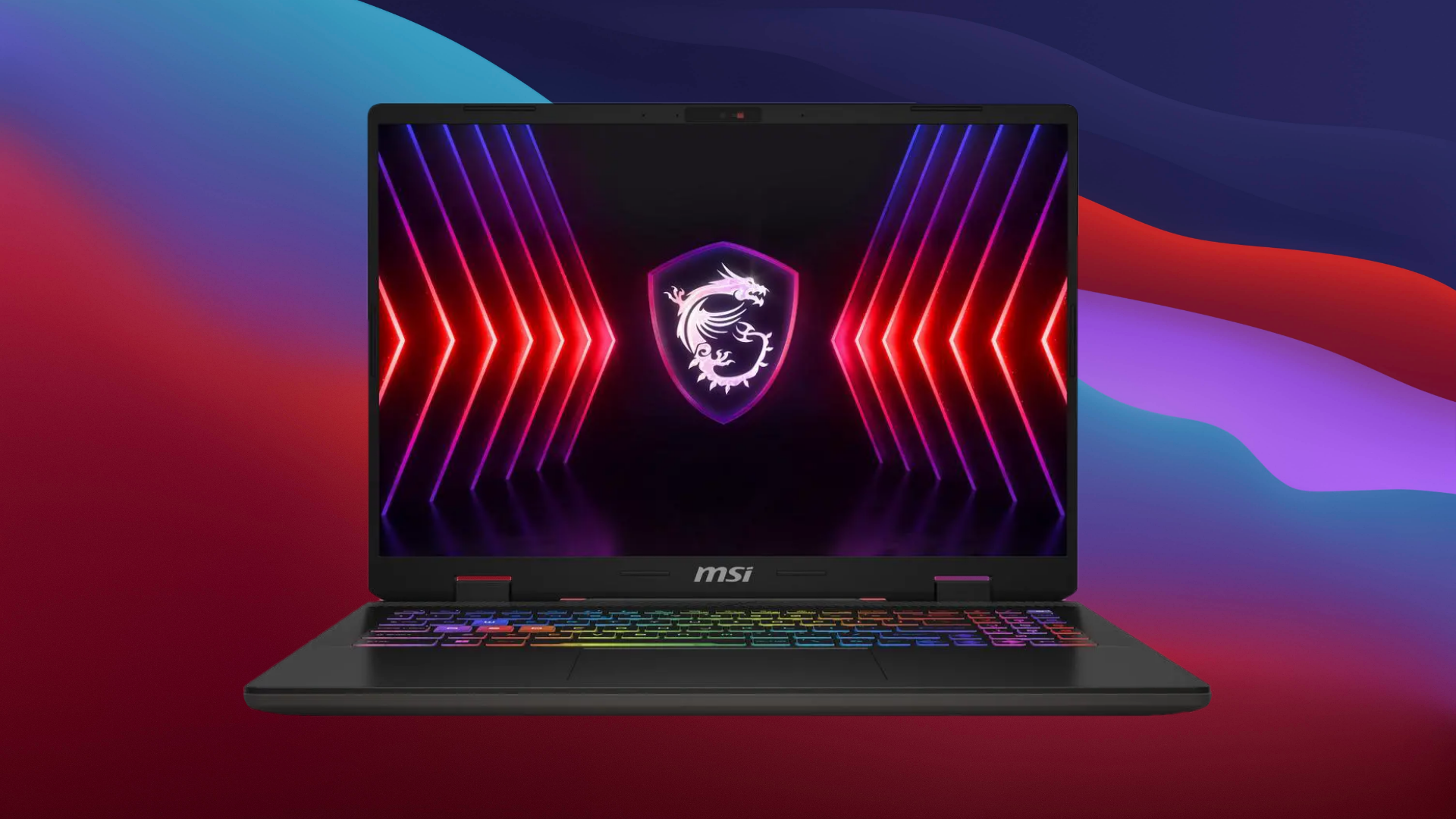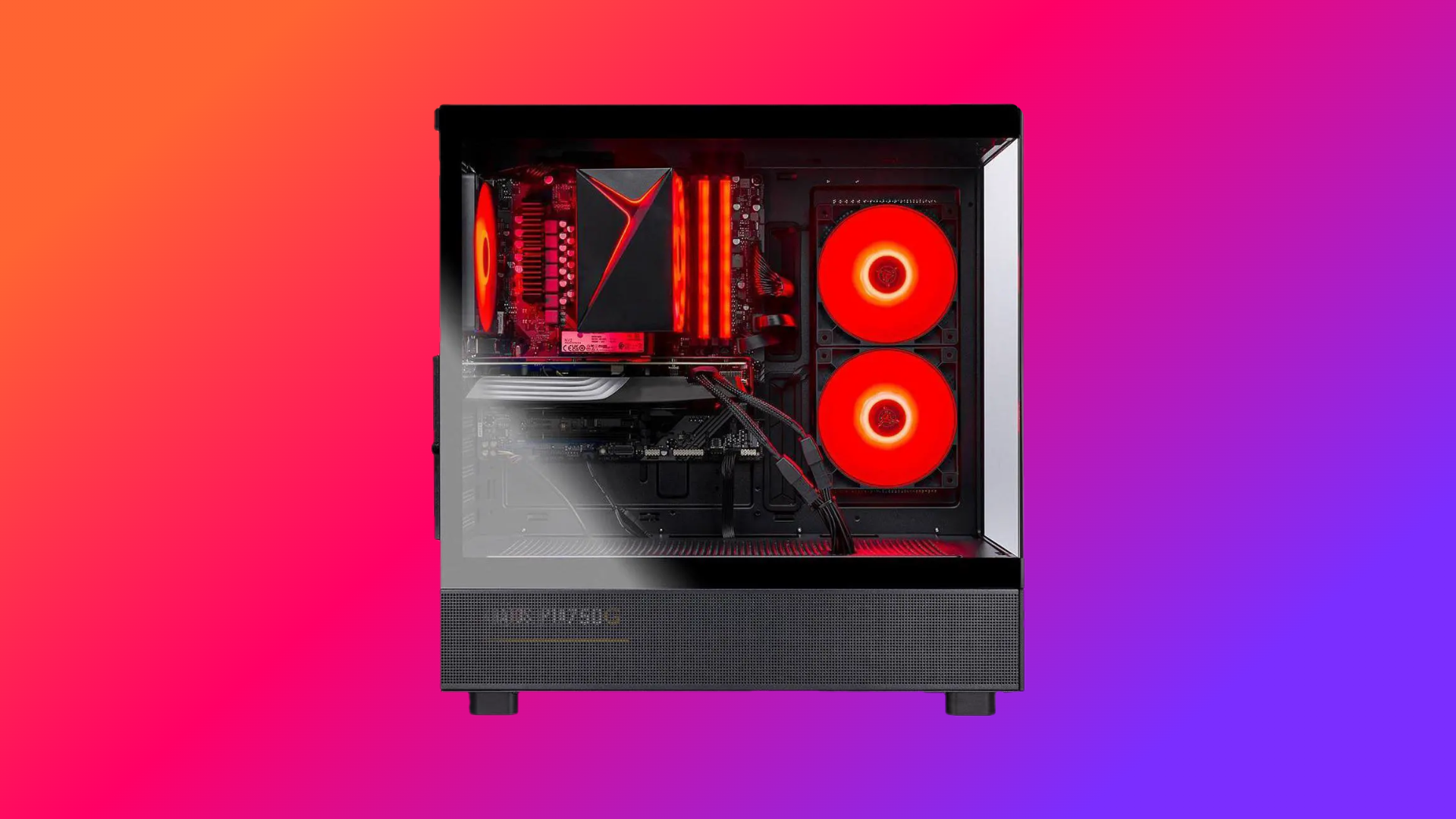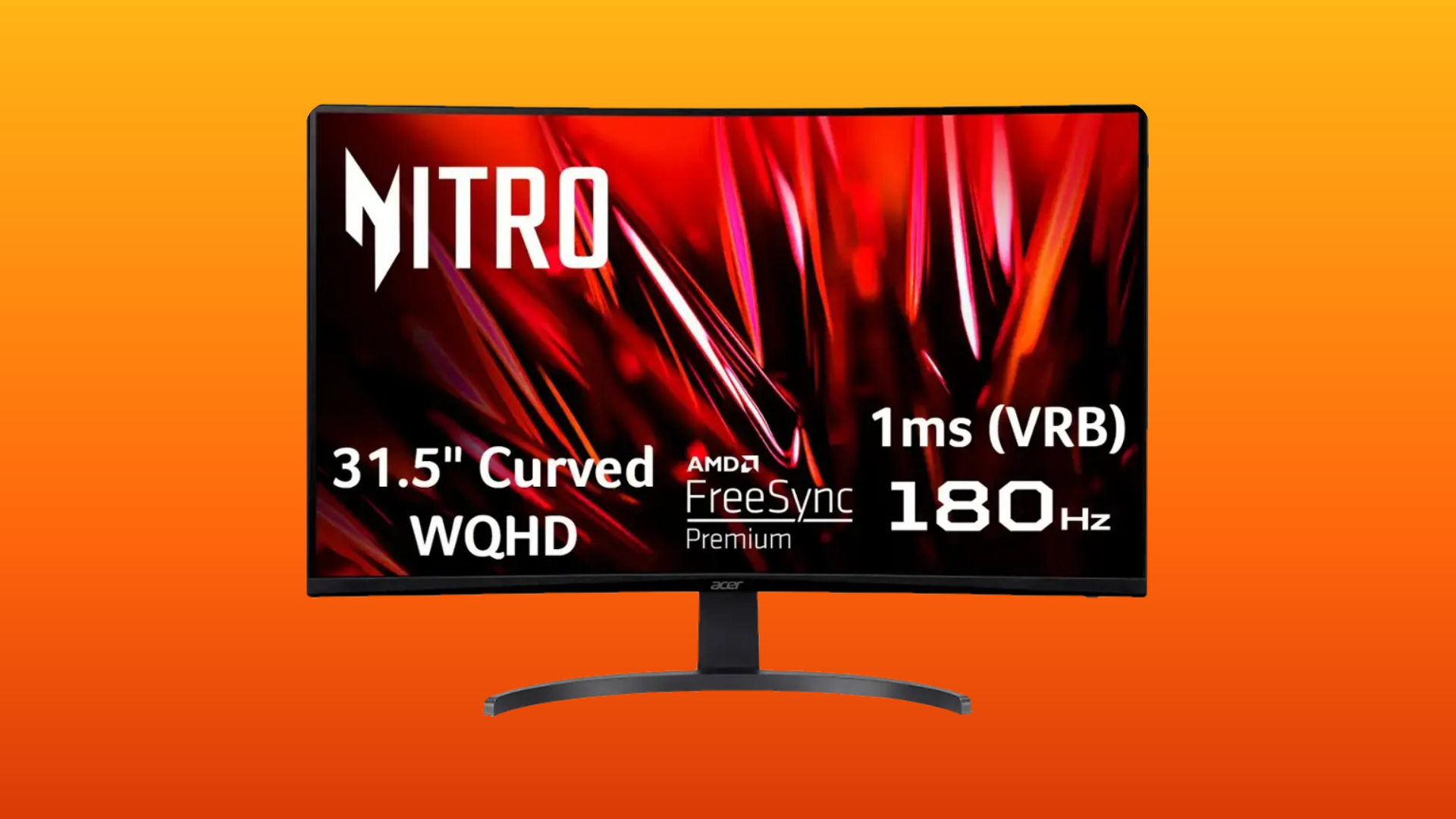Discover effective methods to minimize audio latency in your wireless headset setups, with key considerations such as audio codecs and more.
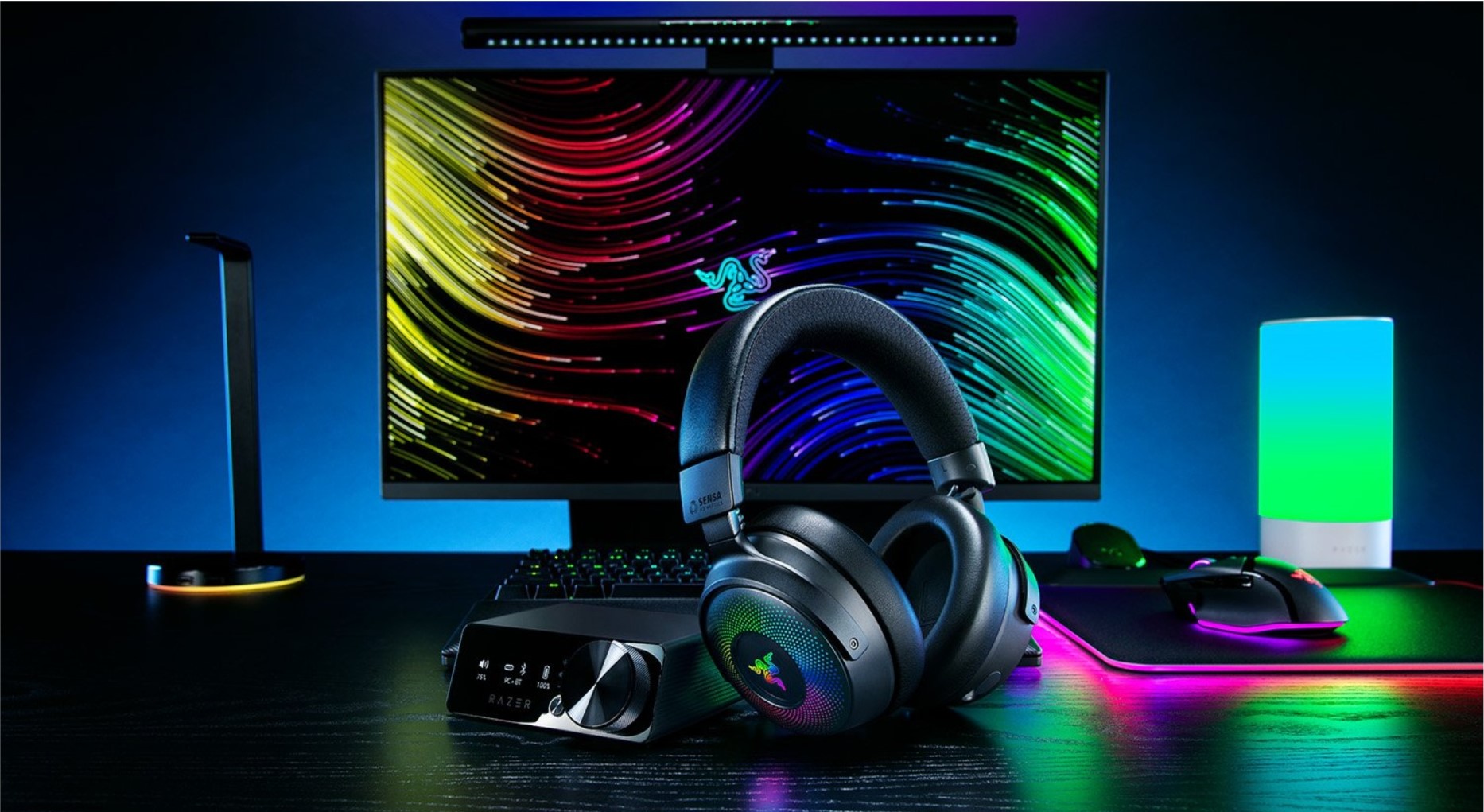
Dangling wires may get in the way of many gamers, which is a specific reason why gamers opt for wireless headphone connections. Now, going wireless can also output very high-quality audio, particularly if your device supports modern codecs, such as aptX Low Latency or Adaptive. The problem begins to surface when parameters such as transmitter range take effect, resulting in connection drops, loss of audio quality, and desync within games. That said, if you are using a wireless headset, via Bluetooth, dongle, or similar, this guide provides helpful ways to minimize audio latency and increase your immersion.
Reduce Audio Latency – Optimize Your Connection
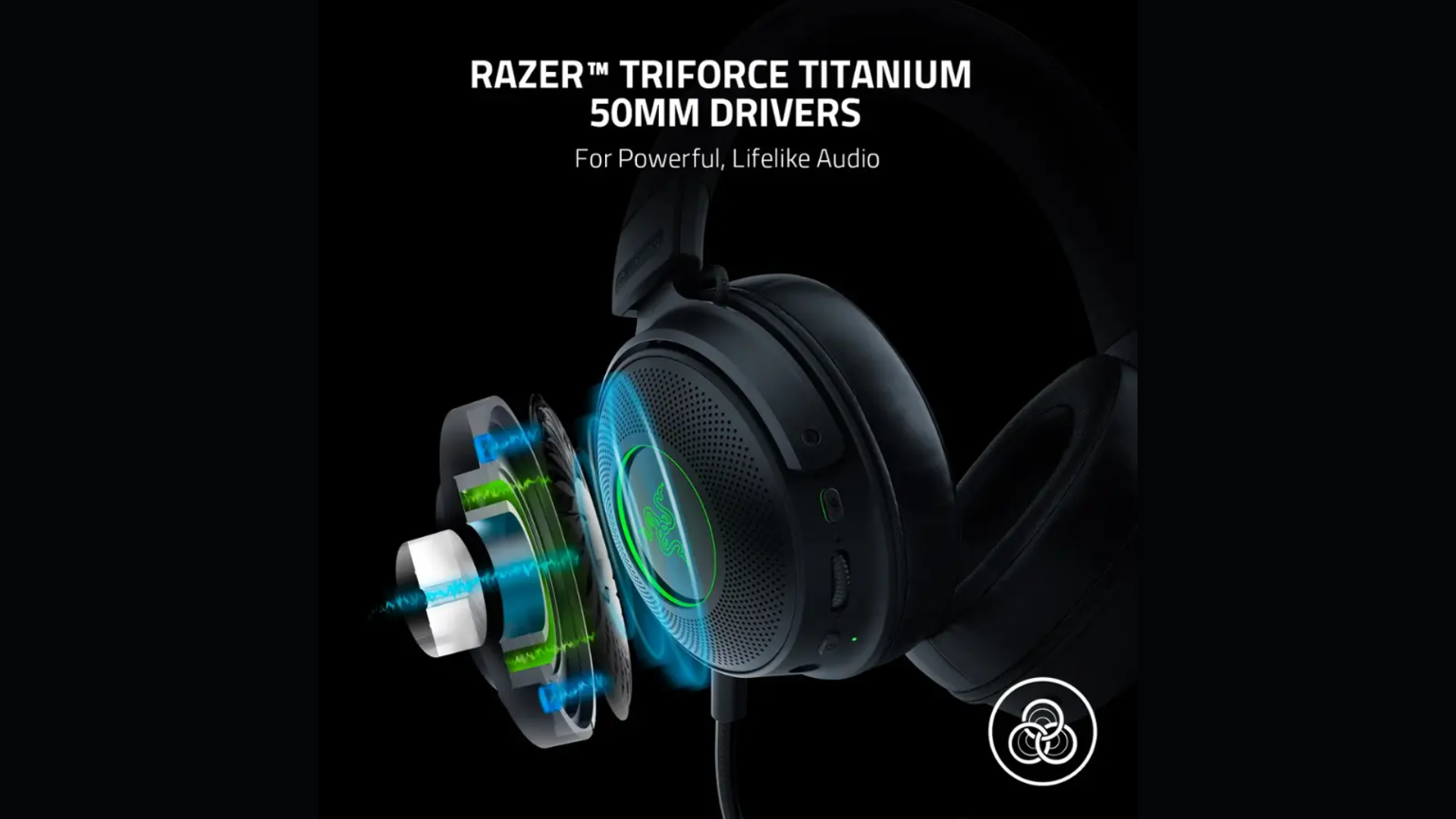
First, find out if your Headset supports 2.4Ghz alongside Bluetooth. If so, then use the 2.4 GHz connectivity method. For this method to work correctly, you must rely on the provided USB dongle; otherwise, purchasing WiFi adapters will not be effective, as the protocol is different. While battery backup may take a hit, the audio quality will be spot on.
Choose a Low-Latency Codec
Find out if your Wireless headset supports aptX Low Latency, aptX Adaptive, LDAC, or SBC codecs. If so, then enable whatever it supports. These codecs can easily reduce the round-trip delay to under 40ms, in the best cases.
Disable Audio Enhancements
If you are using any of the Windows-provided audio enhancements, such as Dolby Spatial and more. Turn those off. Spatial sound and EQ presets contribute to the audio buffer, increasing the round-trip latency by 20-30ms.
Keep Firmware & Drivers Current
Installing the latest firmware can sometimes help optimize the audio transmission routes, which can aid in reducing latency. But in most cases, following the other procedures mentioned here will yield the best results. Only go for a firmware update if your device has a known issue, and reviewers or the community are calling it out.
Stay Close and Avoid Digital Interference
Remain within 10 ft of your transmitter. Avoid or relocate obstacles such as 2.4/5 GHz interference sources (e.g., Wi-Fi routers and microwaves) to prevent retransmissions that hurt latency.
Fine-Tune System Settings
- On PC, switch your power plan to High Performance and disable USB selective suspend.
- If a dedicated low-latency mode is provided in the headset’s software, use it.
- If available, reduce the game’s audio buffer size or mix-ahead settings to further reduce latency.
Verdict
To summarize, all the steps mentioned here will certainly reduce your latency. Now, this guide entirely applies to how good your Wireless Headset is; if it’s a cheap budget-oriented model, then it will unlikely have those codecs mentioned. However, here is the thing: investing in a gaming-focused USB DAC that supports ASIO drivers and then pairing your headset with that DAC will ensure a significant reduction in latency.
We provide the latest news and “How-To’s” for Tech content. Meanwhile, you can check out the following articles related to PC GPUs, CPU and GPU comparisons, mobile phones, and more:
- 5 Best Air Coolers for CPUs in 2025
- ASUS TUF Gaming F16 Release Date, Specifications, Price, and More
- iPhone 16e vs iPhone SE (3rd Gen): Which One To Buy in 2025?
- Powerbeats Pro 2 vs AirPods Pro 2: Which One To Get in 2025
- RTX 5070 Ti vs. RTX 4070 Super: Specs, Price and More Compared
- Windows 11: How To Disable Lock Screen Widgets
 Reddit
Reddit
 Email
Email
